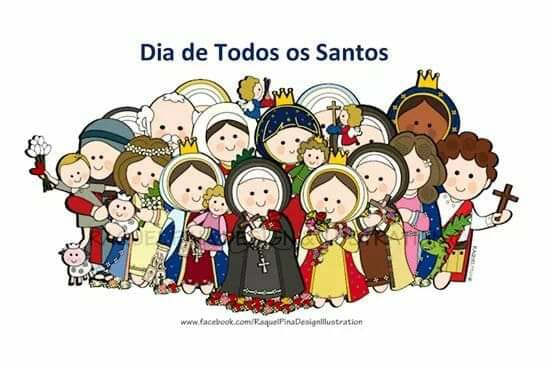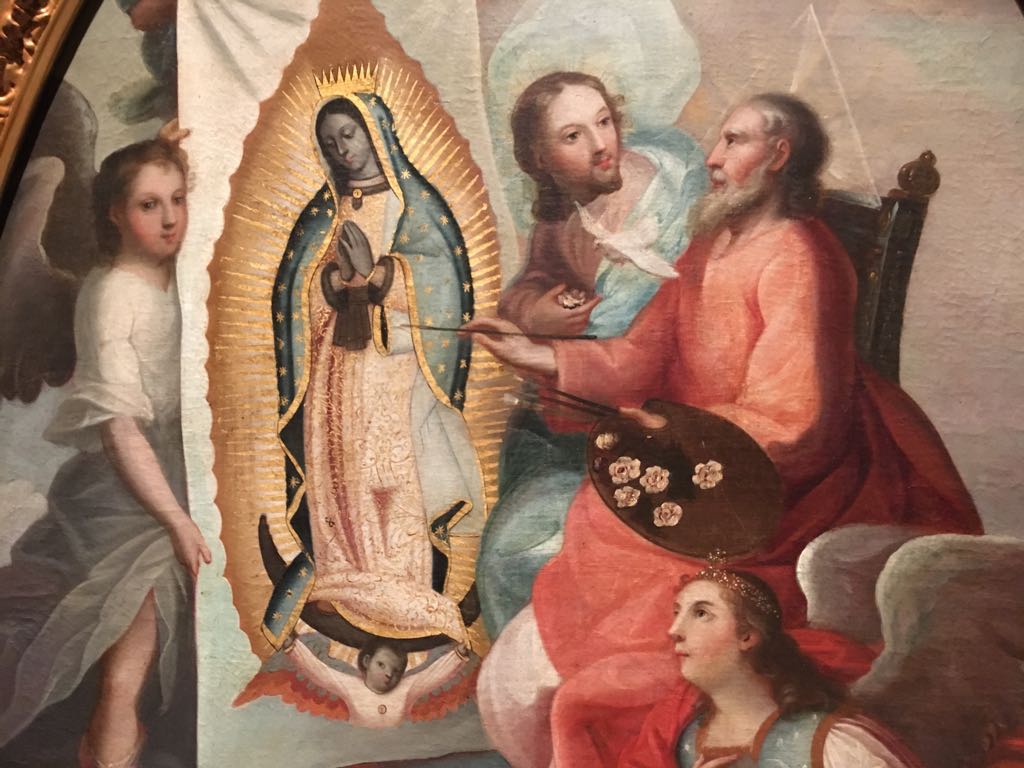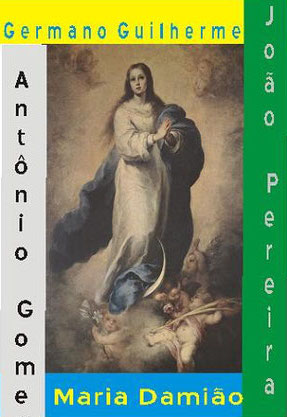
All Souls Day
Dia De Todos Os Santos E Finados No Daime
No Dia de São João, todas as igrejas do santo daime comemoram com uma grande festa ao aniversário do santo católico.
O PRIMEIRO FESTEJO DE SÃO JOÃO NO DAIME
Em 1935, Mestre Irineu (criador da doutrina do Santo Daime) deu novos contornos ao seu ritual. Nessa época, ele começou a realizá-lo geralmente às quartas-feiras ou aos sábados de cada semana. Às quartas-feiras ocorriam os trabalhos dedicados à cura, já aos sábados os trabalhos eram dedicados à irmandade. Mas, não se pode afirmar que estritamente estas configurações dos trabalhos eram sempre rigidamente seguidas, havendo quartas-feiras quando não se realizavam trabalhos em prol de ninguém e sábados quando se faziam trabalhos de cura. Foi nesse período, que ele também começou a organizar os trabalhos de hinário. O primeiro destes ocorreu no DIA 23 DE JUNHO DE 1935, NA VÉSPERA DO DIA DE SÃO JOÃO, com todos participantes sentados, na varanda da casa de Maria Marques Vieira, esposa de Damião Marques. Vejamos o relato de Percília Ribeiro abaixo sobre esta passagem.
The festivity of the day of All Saints is celebrated in honor of all of the saints and martyrs, known or unknown. The Catholic Church celebrates the Festum omnium sanctorum on the 1st of November followed by the day of the faithful deceased on the 2nd of November. The Orthodox Church celebrates this festivity in the first Sunday after the Pentecost, closing the liturgical time of Easter. In the Lutheran Church the day is celebrated mainly to remember that all the holy persons baptized are Saints and also those persons that passed away in the year.
The day of All Saints' objective is to supply any absences from the faithful ones in remembering all the saints in the celebrations during that year. This tradition of remembering (make memory) the saints is in the origin of the composition of the liturgical calendar, in which initially were the dates of anniversary of the death of the Christians martyrized as a testimony through His faith, being carried out in these celebrations prayers, masses and vigils, habitually in the place or in the immediacies of where they died, as happened around the Coliseum of Rome. Subsequently it became habitual to erect churches and cathedrals dedicated to their memory in those same places.
According to the teaching of the Church, the messianic intention of this celebration that takes place in the whole world, stands out the calling from Christ to each person to follow Him and be a saint, to the image of God, the image in which we were originally created and for which we should continue to walk in love. This not only cause to see that alive saints exist (not barely the ones from the past) and that each person can be, but especially causes to understand that is endless the number of potentials Saints who aren't known, but in the same way that the canonized equally see God face the face, have full happiness and intercede for us.
The day of All Saints' objective is to supply any absences from the faithful ones in remembering all the saints in the celebrations during that year. This tradition of remembering (make memory) the saints is in the origin of the composition of the liturgical calendar, in which initially were the dates of anniversary of the death of the Christians martyrized as a testimony through His faith, being carried out in these celebrations prayers, masses and vigils, habitually in the place or in the immediacies of where they died, as happened around the Coliseum of Rome. Subsequently it became habitual to erect churches and cathedrals dedicated to their memory in those same places.
According to the teaching of the Church, the messianic intention of this celebration that takes place in the whole world, stands out the calling from Christ to each person to follow Him and be a saint, to the image of God, the image in which we were originally created and for which we should continue to walk in love. This not only cause to see that alive saints exist (not barely the ones from the past) and that each person can be, but especially causes to understand that is endless the number of potentials Saints who aren't known, but in the same way that the canonized equally see God face the face, have full happiness and intercede for us.


Dia De Todos Os Santos E Finados No Daime
O Mestre Irineu desde que começou o Daime em Rio Branco fazia uma sessão que iniciava no dia de Todos os Santos e terminava no dia de Finados. Essa data do calendário do Daime ficou conhecida como o dia de Todos Santos e dia de Finados. Depois da morte do Mestre Irineu, muitos passaram a se referir a essa data só como dia de Finados. No final da década de 1960 depois que seus discípulos companheiros de maior expressão já tinham morrido, ele sugeriu cantar os hinários deles nessa data. Assim no dia 1 para o dia 2 de Novembro são cantados e bailados os hinários dos companheiros do Mestre Irineu: Germano Guilherme, João Pereira, Maria Damião, Antônio Gomes e os hinos novos do Mestre Irineu. Igualmente aos outros festejos inicia-se o terço as 18:00 horas, a distribuição as 18:45 e o baile as 19:00 horas. Dá-se viva até antes da meia noite. Depois da meia noite o baile segue sem vivas, pois, já é dia de finados. Ao final do baile é realizada a Santa Missa (sem mesários e ninguém na mesa) que inicia com a reza do Terço. Após a Missa muitos dos seguidores de Mestre Irineu se dirigem ao cemitério para visitar o túmulo de parentes. Usa-se farda azul neste dia.
Os Ilustres Finados
Consideram-se atualmente na Doutrina do Daime, os companheiros do Mestre Irineu: Germano Guilherme, João Pereira, Maria Damião e Antônio Gomes como ilustres finados. Isto é, ilustres no sentido de terem se tornado companheiros exemplares de Mestre Irineu e também de serem detentores de hinários de destaque, ou de maior importância dentro da Doutrina depois do Hinário de Mestre Irineu. Assim, trouxemos neste artigo, um pouco da história de cada um em memória ao dia de Finados e também a foto de suas lápides no cemitério o palmeiral no Alto Santo.
